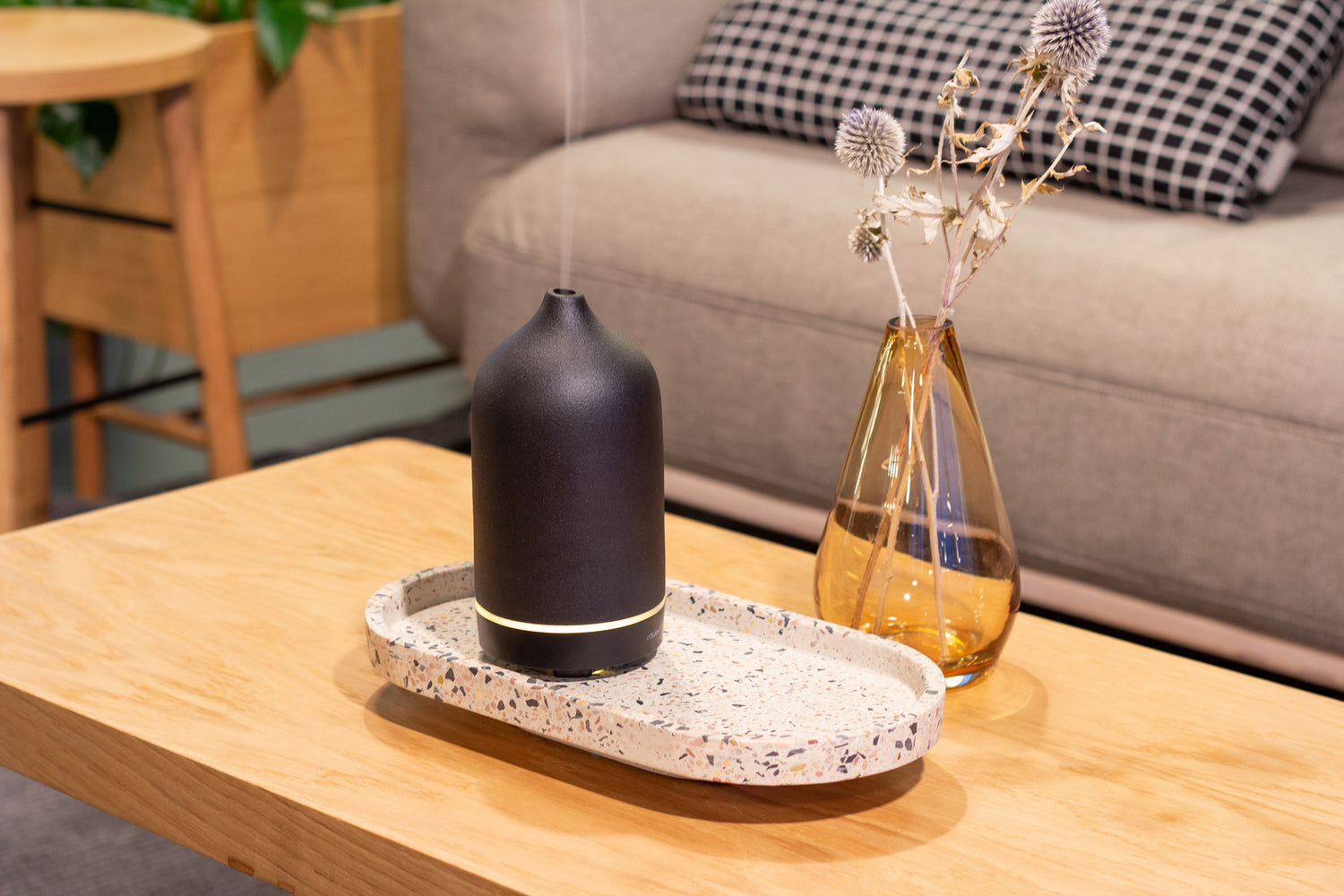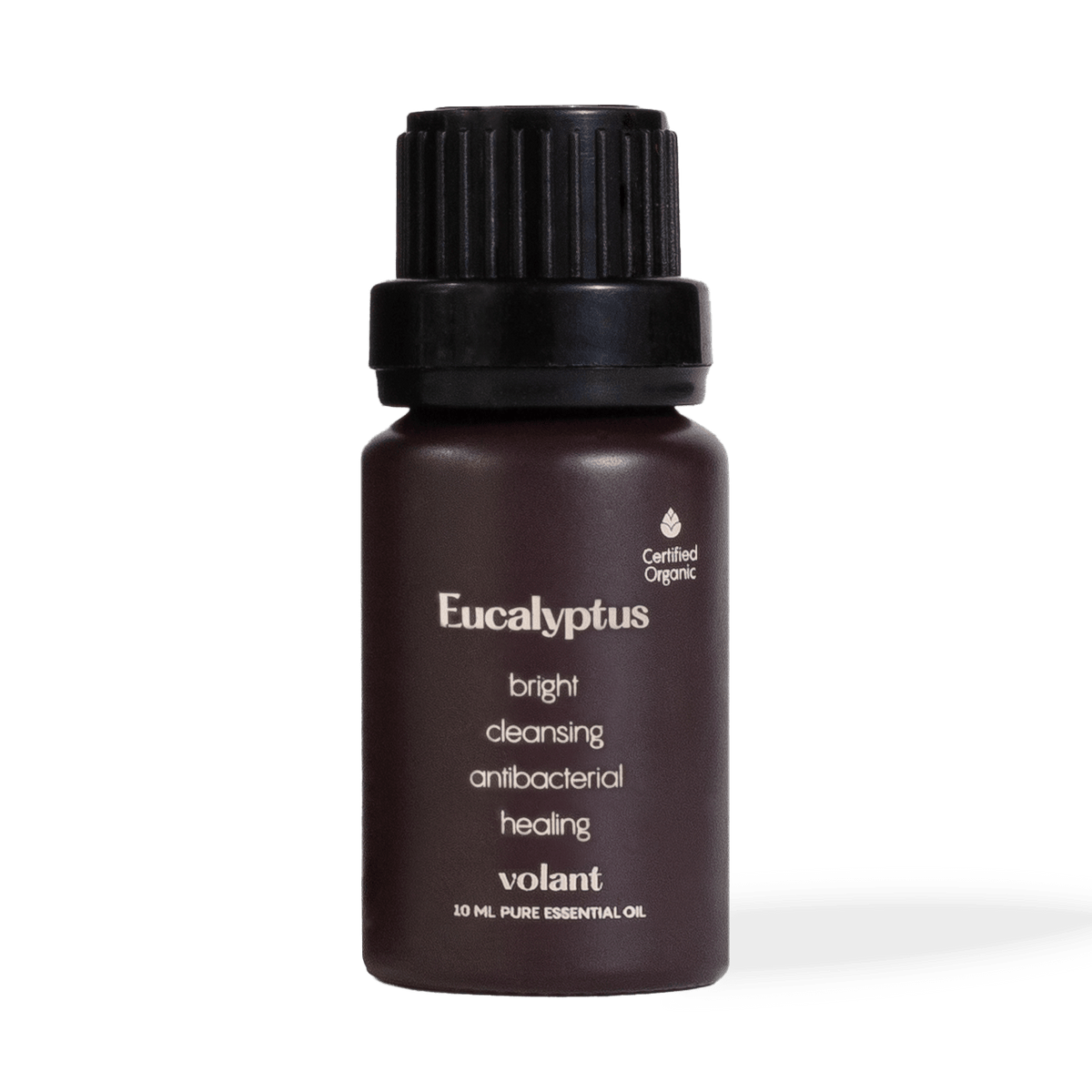Each of these oils has a range of properties which will benefit your body in different ways.
Not only can essential oils be used for pain relief, but many essential oils also have anti-inflammatory and antispasmodic properties, making them suitable for a range of injuries and ailments.
Why use aromatherapy for pain relief?
For many sufferers of chronic pain, the thought of taking a cocktail of drugs just to get through the day is too much, not to mention they can be hard on the body’s organs. Many also find that painkillers alone are not enough. If you are currently dependent on medication to be able to go about your daily life and are looking for a natural alternative or complementary option, essential oils could be the solution.
Essential oils can help to improve your physical, emotional and mental wellbeing, including reducing pain for many people. Each oil has its own unique aroma, along with a range of benefits. You may choose to use these oils individually or to combine them together as a blend.
Research has shown that certain essential oils can help to ease the symptoms of a broad range of issues including headaches, migraines, inflammation, chronic pain, muscle and joint pain associated with arthritis, menstrual cramps, during labour, and more.
Which essential oils help with pain relief?
Each essential oil has its own benefits, and different oils are suitable for different conditions. We’ve hand-picked some of our favourite essential oils which may offer pain relief.
Lavender oil: Not just for sleep
Lavender essential oil has been used for centuries to treat a whole host of conditions, from insomnia to anxiety and just about everything in between. However, recent research has proven lavender to also be an effective analgesic, as well as one of the most effective essential oils for inflammation.
In 2015, researchers discovered that lavender essential oil effectively relieves pain and reduces swelling. This research even rated lavender oil as offering pain relief comparable to the prescription medication tramadol when diluted with a carrier oil and applied topically. This suggests that lavender essential oil could be used to treat pain and associated inflammation.
The effects of lavender oil on providing pain relief were also measured in children. In 2013, a study was conducted to measure the effects of lavender oil inhalation on children who had undergone a tonsillectomy. The children who inhaled the aroma of lavender essential oil were able to reduce their pain medication, proving the pain-relieving effects of lavender oil.
Lavender essential oil has also been proven effective in treating headaches and migraines. A 2012 study assessed the impact of inhaling lavender oil on people suffering from migraines. Results showed that lavender oil successfully reduced the severity of migraine headaches, making it an effective choice for migraine relief.






